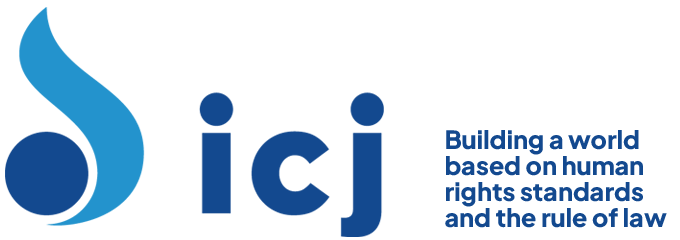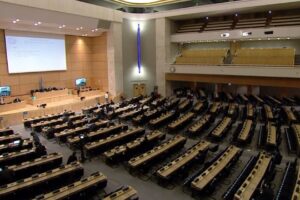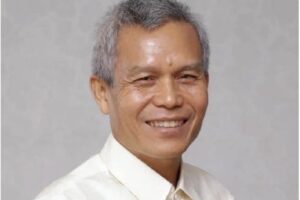II. Scope of the general recommendation
6. The Committee has, in previous general recommendations, clarified that articles 1, 2 (f) and 5 (a) of the Convention read together indicate that the Convention covers sex- and gender-based discrimination against women. The Committee has explained that application of the Convention to gender-based discrimination falls under the definition of discrimination contained in article 1, which points out that any distinction, exclusion or restriction which has the effect or purpose of impairing or nullifying the recognition, enjoyment or exercise by women of human rights and fundamental freedoms is discrimination. Discrimination against women based on sex and/or gender is often inextricably linked with an compounded by other factors that affect women, such as race, ethnicity, religion or belief, health, age, class, caste, being lesbian, bisexual or transgender and other status.{{3}} Discrimination on the basis of sex or gender may affect women belonging to such groups to a different degree or in different ways to men. States parties must legally recognize such intersecting forms of discrimination and their compounded negative impact on the women concerned and prohibit them.
16. Gender-related claims to asylum may intersect with other proscribed grounds of discrimination, including age, race, ethnicity/nationality, religion, health, class, caste, being lesbian, bisexual or transgender and other status.{{13}} The Committee is concerned that many asylum systems continue to treat the claims of women through the lens of male experiences, which can result in their claims to refugee status not being properly assessed or being rejected. Even though gender is not specifically referenced in the definition of a refugee given in the 1951 Convention relating to the Status of Refugees, it can influence or dictate the type of persecution or harm suffered by women and the reasons for such treatment. The definition in the 1951 Convention, properly interpreted, covers gender-related claims to refugee status.{{14}} It must be emphasized that asylum procedures that do not take into account the special situation or needs of women can impede a comprehensive determination of their claims. For example, asylum authorities may interview only the male “head of household”, may not provide same-sex interviewers and interpreters to allow women to present their claims in a safe and gender-sensitive environment or may interview women asylum seekers in the presence of their husbands or male family members who may in fact be the source or sources of their complaints.
38. States parties should interpret the definition of a refugee in the 1951 Convention relating to the Status of Refugees in line with obligations of non-discrimination and equality;{{41}} fully integrate a gender-sensitive approach while interpreting all legally recognized grounds; classify gender-related claims under the ground of membership of a particular social group, where necessary; and consider adding sex and/or gender, as well as the reason of being lesbian, bisexual or transgender, and other status to the list of grounds for refugee status in their national asylum legislation.
Link to full text of the report: General Recommendation-CEDAW-32
[[3]]3. General recommendation No. 28, paras. 5 and 18.[[3]]
[[13]]13. See footnote 3 above; communication No. 19/2008, Cecilia Kell v. Canada, views adopted by the Committee on 28 February 2012, para. 10.2.[[13]]
[[14]]14. UNHCR, “Guidelines on international protection: gender-related persecution”, para. 6 (see footnote 9 above).[[14]]
[[41]]41. See the UNHCR guidelines on international protection, including “Guidelines on international protection: gender-related persecution within the context of article 1A(2) of the 1951 Convention and/or its 1967 Protocol relating to the Status of Refugees”, guideline No. 1 (HCR/GIP/02/01); “Guidelines on international protection: ‘Membership of a particular social group’ within the context of article 1A(2) of the 1951 Convention and/or its 1967 Protocol relating to the Status of Refugees”, guideline No. 2 (HRC/GIP/02/02); and “Guidelines on international protection No. 9: claims to refugee status based on sexual orientation and/or gender identity within the context of article 1A(2) of the 1951 Convention and/or its 1967 Protocol relating to the Status of Refugees” (HRI/GIP/12/09).[[41]]




